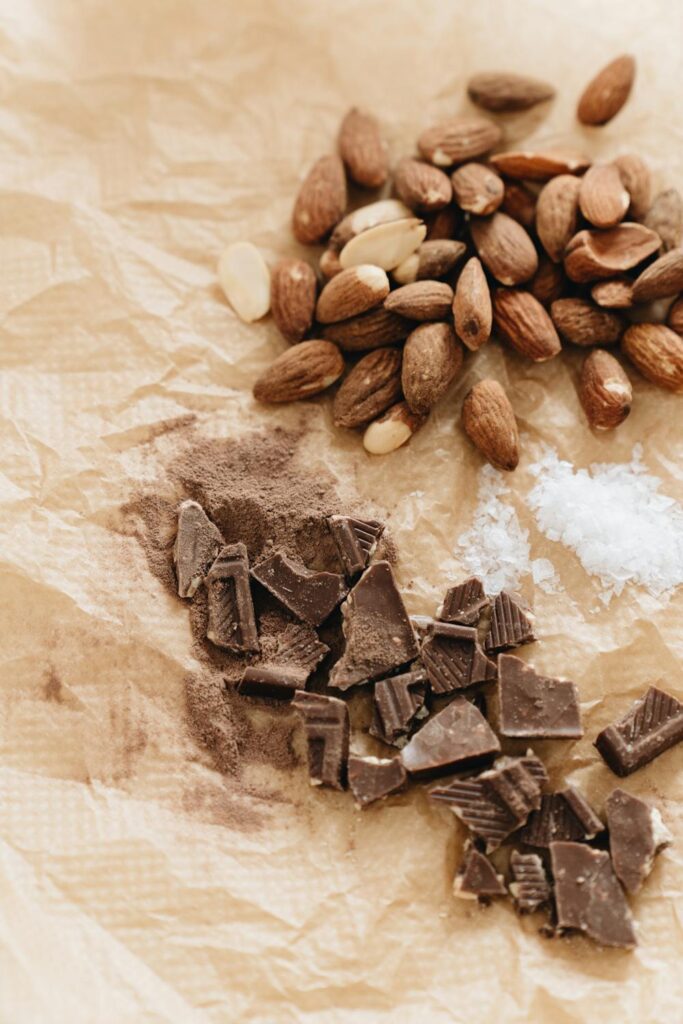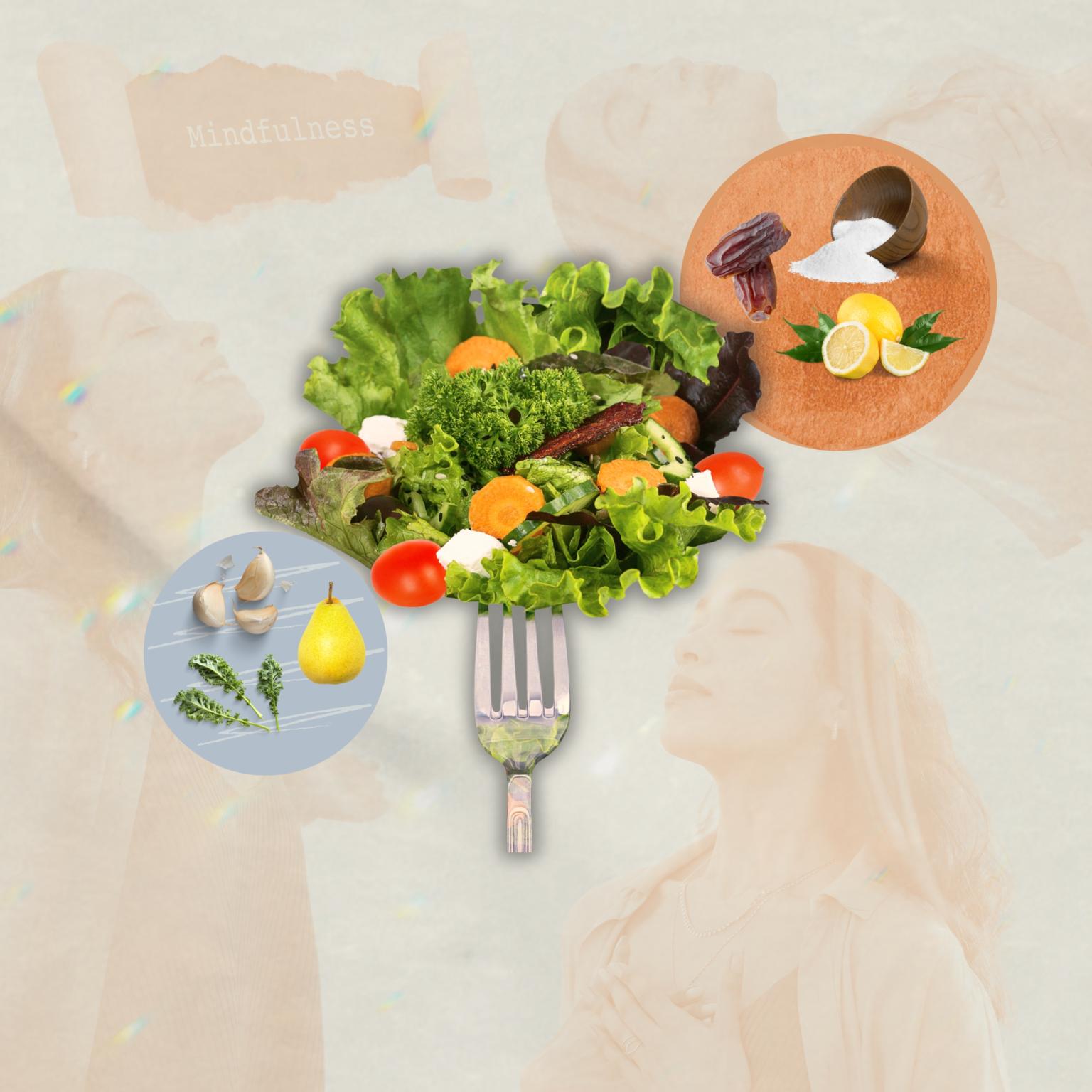
When it comes to my health, I’m all about trying different options, whether they’re supplements or natural remedies that have stood the test of time. I’m serious about taking care of myself and always searching for ways to improve. So when I had the chance to work with an Ayurvedic expert like Laura Plumb, I jumped right in. As the best-selling author of “Ayurveda Cooking For Beginners,” Plumb shared some really helpful insights from her book about the Ayurvedic diet, including the fact that these principles aren’t just a passing fad—there’s been 2,000 years of proof that it works for people, or it wouldn’t have stuck around. Not only did her advice give me a ton of useful information, but it also got me interested in Ayurveda as a whole. And it’s about time we talked more about it.
Meet the expert
Laura Plumb
Laura Plumb is recognized by Spirituality & Health as one of the 100 Trailblazers of Yoga & Ayurveda. As the lead faculty for Ayurvedic Integrated Nutrition, and a best-selling author, Laura combines her expertise in Ayurveda, Yoga, and holistic wellness to promote radical health and sacred living.

In this article
- How Ayurveda shapes our diet and health
- The six tastes in Ayurvedic diet
- Understanding Ayurvedic diets based on doshas and taste
- Tips for better digestion with mindful eating, according to Ayurveda
How Ayurveda shapes our diet and health
In Ayurveda, we learn about how our bodies connect with the world around us. At the heart of this ancient practice are the doshas—Vata, Pitta, and Kapha—which represent different energies within us. But how do these doshas affect what we eat?
According to Plumb, the doshas aren’t fixed; they change depending on factors like weather, time of year, and even our mood. “Each season has a dominant dosha, and nature counters it with foods having opposing qualities.” Adapting to these seasonal shifts is crucial for maintaining balance and well-being, “no matter what your personal dosha is.” And the key to keeping these doshas in check is understanding the characteristics of the six tastes.
The six tastes in Ayurvedic diet
The six tastes—sweet, sour, salty, bitter, pungent, and astringent—are key to making balanced meals. They each represent different parts of nature’s wisdom and are important for our health. Plumb explains that these tastes come from the five elements, with their 20 qualities, resulting in six groups of food based on taste. Each taste has a vital role in our body’s health and well-being.
Sweet
The sweet taste is all about making us feel strong, nourished, and full of energy. It’s a mix of earth and water elements, so it feels heavy, wet, and cool. Emotionally, it’s connected with feelings of love and happiness, but too much can make us greedy. You’ll find this taste in grains, fruits, root veggies, beans like navy beans, nuts and seeds, dairy, eggs, and meat.
Sour
The sour taste mainly comes from acids, which are stimulating, aid digestion, provide energy, and add moisture. It’s a mix of earth and fire elements, so it feels hot and wet. You’ll find sour flavors in foods like yogurt, cheese, vinegar, and other fermented foods such as miso, pickles, beer, and wine.
Salty
Salt brings a soothing and softening effect while also boosting salivation, digestion, absorption, and elimination. It’s a blend of water and fire elements, giving it qualities of heaviness and heat. You’ll find the salty taste in foods like seaweed, seafood, sea salts, celery, and cottage cheese.
Pungent
The pungent taste works on improving digestion, absorption, elimination, and circulation while also warming the body and clearing the senses. It’s a combination of fire and air elements, so it feels hot, light, and dry. You’ll find the pungent taste in foods like peppers, ginger, garlic, onions, leeks, mustard greens, radishes, and turnips.
Astringent
The astringent taste has properties that absorb water, lighten tissues, decongest, help bind stool, and prevent bleeding, sweating, and diarrhea. It’s a mix of earth and air elements, making it feel dry and cold. You’ll find the astringent taste in foods like cabbage, apples, pears, persimmons, and the skins of many fruits and vegetables. It’s also a secondary taste in legumes/beans.
Bitter
The bitter taste serves as a detoxifier, purifier, fat reducer, and antibacterial agent. It stimulates the flow of digestive juices and removes stagnation from the blood. Bitterness is composed of air and space elements, giving it qualities of dryness, coldness, and lightness. You can find the bitter taste in foods such as leafy greens, artichokes, eggplants, bitter melons, sesame seeds, coffee, and dark chocolate.
When you indulge in a meal containing all six tastes with natural, whole foods, you nourish all five elements of your body. This fosters a feeling of contentment and reduces cravings (count me in!). Plus, it aids in building strong tissues, increasing energy levels, and fortifying the immune system. You are more likely to feel light, at ease, and more attentive.
Balanced meals provide a seamless fusion of wisdom within you. Understanding the six tastes also removes the necessity for calorie counting or monitoring nutrient proportions. Instead, it underscores the significance of enjoying a variety of flavors on the road to well-being.

Understanding Ayurvedic diets based on doshas and taste
It’s important to adjust our diets based on our doshas. Take Kapha season, for example, which occurs in Spring. During this time, the air can feel damp, chilly, and heavy. This can be challenging for people with a dominant Kapha dosha since they may already have tendencies towards these qualities. The season can exacerbate their Kapha energy, leading to feelings of sluggishness, heaviness, or congestion, both physically and mentally. However, by aligning with the tastes and qualities of the season—such as spicy, bitter, and drying—individuals with a Kapha dosha can counterbalance these tendencies.
Here’s Plumb’s much-needed guidance for eating according to doshas, offering advice on how to customize our food choices accordingly—
Ayurvedic diet considerations for Vata dosha
When Vata dominates, focus on sweet, sour, and salty tastes with foods that warm, strengthen, and ground you. Opt for liquid or oily foods to combat dryness, include some heavier foods for sustenance, go for smooth textures to counter roughness, and choose warm or hot foods to balance Vata’s cool nature. Ideal foods include fruits, root vegetables, grains, mung beans, seeds, nuts, nut milks, and high-quality fats like ghee. Use gentle spices like ginger, cinnamon, and nutmeg for better digestion. And regular meal timing is crucial for Vata—eating breakfast, lunch, and dinner at the same time each day improves digestion and energy levels.
Season, qualities, and taste to decrease dosha—Vata tends to dominate in autumn as the weather becomes drier, lighter, and cooler. To balance Vata during this time, it’s recommended to incorporate tastes that are sweet, salty, and sour. These tastes help to counteract the dryness and lightness of the season, promoting balance and well-being.
Ayurvedic diet considerations for Pitta dosha
When Pitta is dominant, focus on sweet, bitter, and astringent tastes with foods that cool, soothe, and sustain. Opt for cool foods to balance Pitta’s heat, include some heavier foods for lasting energy, and incorporate a few dry foods to balance Pitta’s liquid nature. Ideal foods include fruits, vegetables, grains, seeds, legumes, and dairy or nut milks. Ghee is the preferred high-quality fat, and cooling herbs like mint, dill, cilantro, and fennel are beneficial. Stay hydrated with lime, cucumber, or mint-infused water instead of ice, sipping throughout the day for optimal hydration.
Season, qualities, and taste to decrease dosha—Pitta tends to rise during summers due to the heat, moisture, and lightness in the atmosphere. To pacify Pitta during this season, focus on tastes that are bitter, astringent, and sweet. These tastes help to cool and soothe the fiery nature of Pitta, maintaining harmony within the body.
Ayurvedic diet considerations for Kapha dosha
When Kapha dominates, focus on pungent, astringent, and bitter tastes with light, dry, and stimulating foods. Opt for spicy and cooked foods to balance Kapha’s sweet, cold nature, include nourishing yet light foods to counter its heaviness, and add some dry foods to balance the water element in Kapha. Ideal foods include vegetables (especially leafy greens), citrus fruits, lighter grains like quinoa, sprouted seeds, and legumes. Cook with strong spices like ginger, cinnamon, clove, cayenne, mustard, basil, oregano, turmeric, and pepper. Revive Kapha digestion by skipping dinner one night a week, and stimulate metabolism with a daily mug of hot water infused with turmeric, ginger, black pepper, and lemon.
Season, qualities, and taste to decrease dosha—Kapha dominance becomes more pronounced during spring with its cool, heavy, and wet qualities. To alleviate Kapha during this time, prioritize tastes that are pungent, bitter, and astringent. These tastes help to counterbalance the heaviness and dampness of spring, promoting digestion and vitality.
Additionally, in winter, both Vata and Kapha can increase due to the dry, heavy, and cool qualities of the season. To balance these doshas during winter, focus on tastes that are sour and pungent. These tastes help to stimulate digestion, warm the body, and counteract the effects of the cold weather.
Tips for better digestion with mindful eating

When it comes to improving digestion and adopting mindful eating habits, Ayurveda prompts us to consider how we utilize our health, energy, and longevity. Laura points out that this means paying close attention and engaging in self-reflection. By being mindful of our surroundings and their impact on us, we can make better decisions. Through self-inquiry, we can understand ourselves better, nurture our well-being, and express kindness and creativity more freely.
This mindful awareness makes Ayurvedic living intuitive and straightforward. Here are five practical ways you can cultivate awareness every day to improve digestion and eat more mindfully—
- Observe your breath: Take a deep breath and notice how it feels. Pay attention as you hold the breath and then release it. Where do you feel the breath moving in and out of your body?
- Observe sensations: Focus all your attention on the top of your head, then slowly scan down your body to your feet and back again. Notice any sensations you feel along the way.
- Use your senses: Soften your gaze and observe the light, shadows, colors, and shapes around you. Listen to the different sounds—both inside and outside—whether they’re loud, soft, gentle, or grating. Shift your attention to any aromas in the air; try closing your eyes to see if they become stronger. Then, pay attention to how things feel to the touch, and explore different tastes. Make a habit of being fully present with your senses throughout the day.
- Notice the qualities around you: Take a moment to observe the qualities you’re experiencing right now. Do you feel hot or cold? Heavy or light? Consider how it might feel to experience the opposite qualities. Does imagining this bring a sense of balance?
- Pause and listen: Ask yourself, “What am I feeling right now?” Take the time to listen to your response. Allow any quieter thoughts or feelings within you to come forward. You can ask this question a few times if it helps. Remember, there are no right or wrong answers—just valuable information and, hopefully, a sense of self-love.

